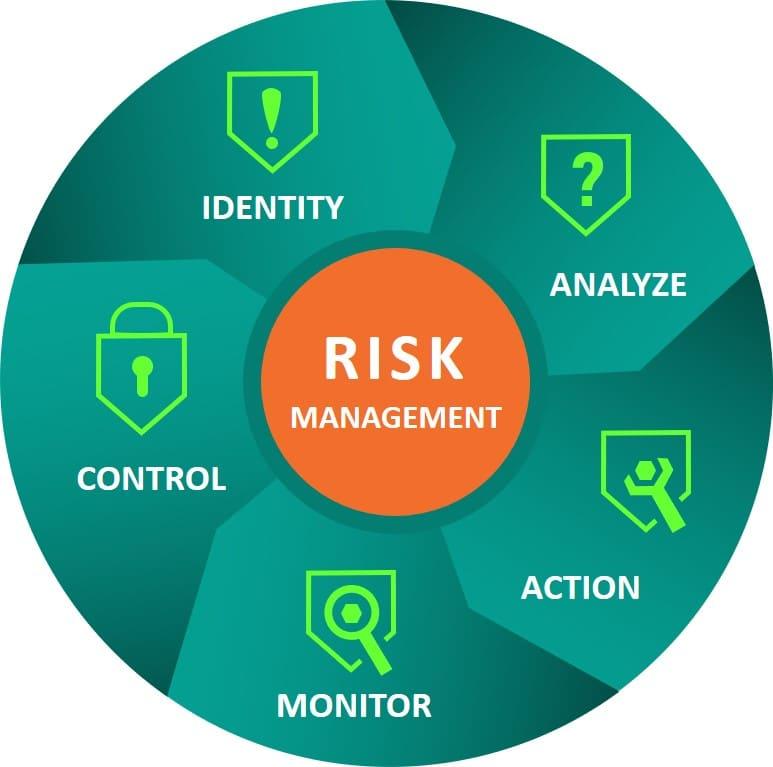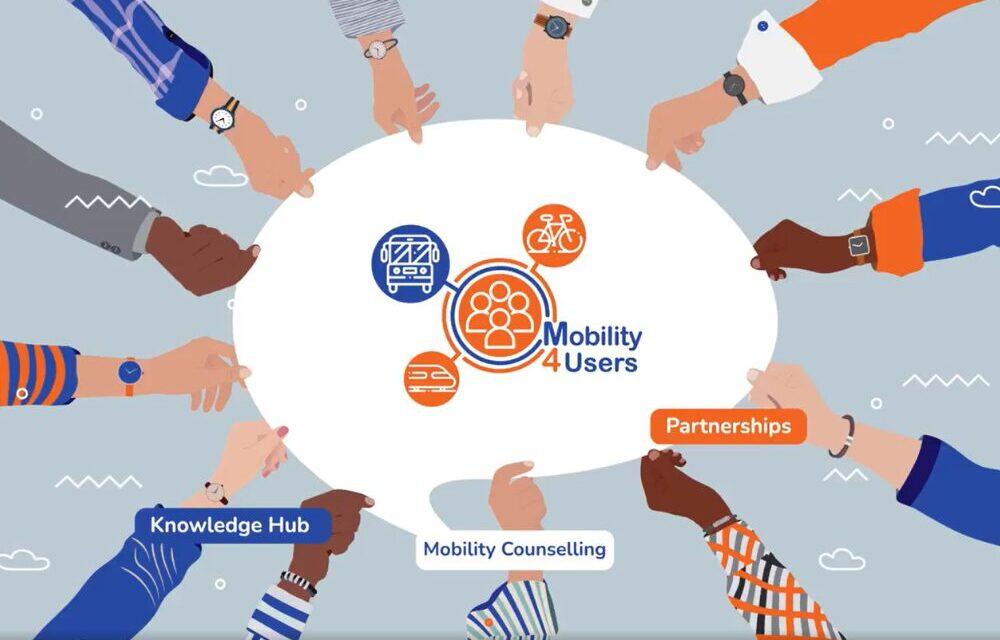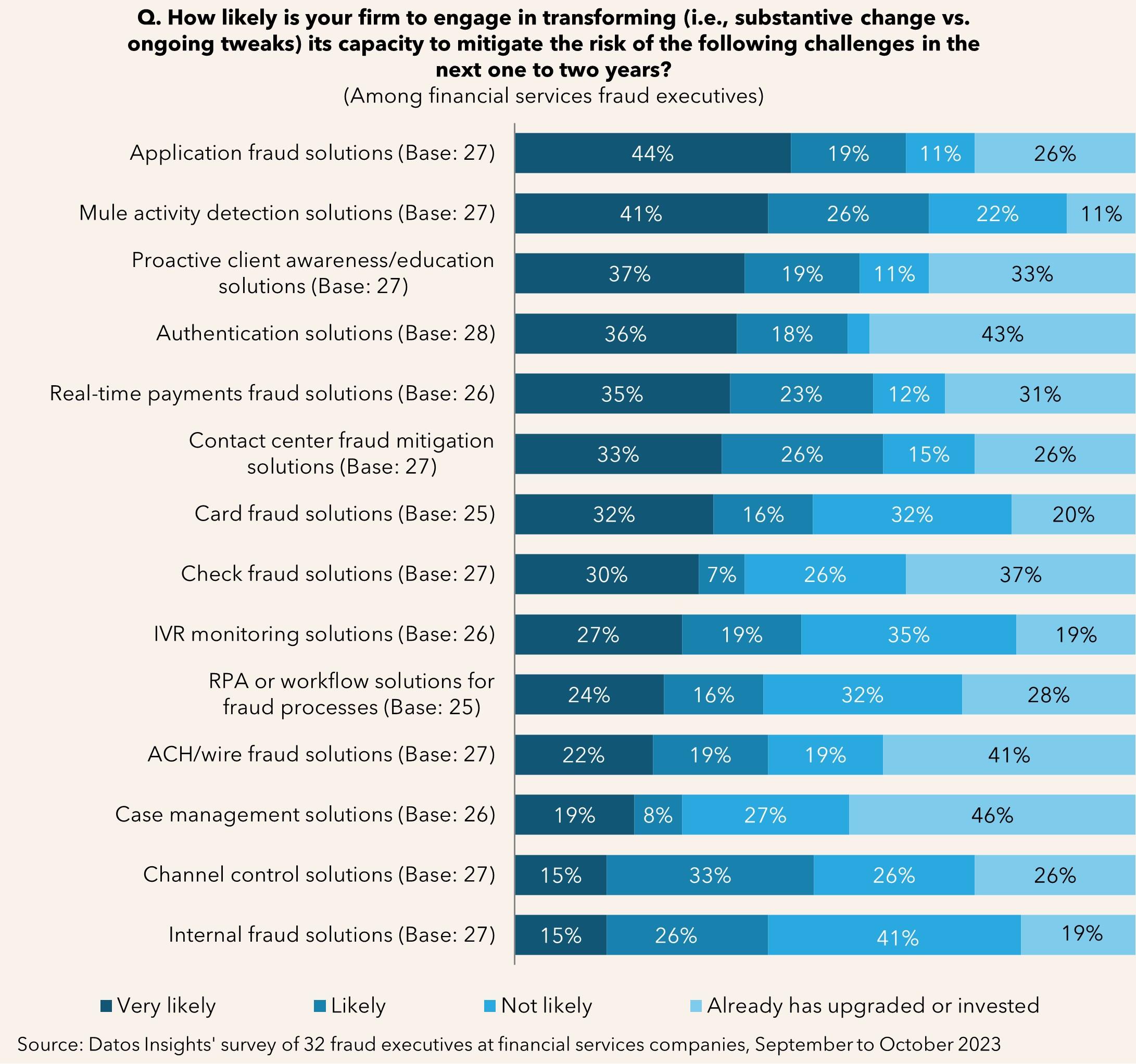In an era where digital transactions are becoming the norm, the payment landscape is evolving at an unprecedented pace. As businesses and consumers alike embrace the convenience of online and mobile payments, they find themselves navigating a dual-edged sword: the exhilarating possibilities of innovation and the daunting specter of fraud. However, rather than merely responding to these threats, forward-thinking organizations are beginning to view payments fraud through a transformative lens—recognizing that what was once perceived as a liability can be reframed as a strategic opportunity. This article delves into the shifting paradigm of payments fraud, exploring how businesses can not only safeguard their operations but also leverage insights from risk management to drive growth, enhance customer trust, and foster a more resilient financial ecosystem. Join us as we uncover the strategies that turn vulnerabilities into strengths, redefining the narrative around payments fraud in the modern marketplace.
Redefining Fraud Risk Management in the Digital Age
In today’s swiftly evolving digital landscape, traditional fraud risk management paradigms are inadequate. Organizations must pivot from viewing fraud as a mere pitfall to recognizing it as an opportunity for enhanced resilience and strategic growth. By adopting technologies such as artificial intelligence, machine learning, and data analytics, companies can not only identify and mitigate threats more effectively but also create an agile framework that fosters innovation and responsiveness. Embracing a proactive stance will enable businesses to refine processes, improve customer experiences, and leverage insights for future advancements.
To redefine fraud management, a multifaceted approach is essential, encompassing a blend of technology, culture, and communication. Key components include:
- Continuous Monitoring: Implementing real-time systems to detect anomalies before they escalate.
- Cross-Functional Collaboration: Encouraging engagement between IT, compliance, and operational teams for a holistic view.
- Customer Education: Empowering customers with knowledge about security practices boosts trust and activates a partnership against fraud.
Additionally, organizations can structure their fraud management initiatives through the following framework:
| Strategy | Key Action | Expected Outcome |
|---|---|---|
| Data Integration | Centralize data sources | Improved accuracy in risk assessment |
| Behavioral Analysis | Monitor transaction patterns | Enhanced detection of irregularities |
| Feedback Loops | Conduct regular reviews | Ongoing improvements in strategy |

Leveraging Data Analytics for Proactive Fraud Detection
Data analytics is revolutionizing the way organizations approach payments fraud, transforming it from a reactive measure to a proactive strategy. By harnessing the power of advanced algorithms and machine learning techniques, businesses can uncover patterns and anomalies that may indicate fraudulent behavior. Integration of real-time data enables companies to identify suspicious transactions as they happen, allowing them to take immediate action. This results in not just minimizing the financial repercussions associated with fraud but also enhancing the customer experience by reducing false positives in legitimate transactions.
To effectively implement a proactive fraud detection strategy, organizations should focus on several key elements:
- Data Quality: Ensure the highest standard of data is collected and monitored.
- Predictive Analytics: Utilize models that can forecast potential fraud scenarios based on historical data.
- Behavioral Analysis: Track user behavior to identify deviations from typical patterns.
- Collaboration: Work across departments to integrate insights from various data sources.
Implementing these elements can not only mitigate risks but also position companies to seize new opportunities in the payment landscape. The ability to anticipate fraudulent activities means organizations can allocate resources strategically, enhancing overall operational efficiency and security.

Building a Collaborative Ecosystem to Combat Payments Fraud
In the fight against payments fraud, collaboration is no longer just an option; it’s a necessity. By fostering partnerships across the industry—encompassing banks, merchants, technology providers, and regulatory bodies—we can create a strong frontline against this multifaceted threat. Shared intelligence on fraud patterns and techniques enables these entities to implement proactive measures, reducing vulnerability across the board. Key initiatives can include:
- Data Sharing Agreements: Establish frameworks for secure data exchange, allowing different organizations to benefit from collective insights.
- Joint Training Programs: Create workshops to enhance the skills of fraud prevention teams, ensuring everyone is equipped with the latest knowledge.
- Cooperative Technology Development: Innovate tools and systems that leverage collective resources for more robust fraud detection.
To visualize how collaboration can transform the landscape of payments fraud, consider the following table showcasing potential collaborative outcomes:
| Collaborative Action | Expected Outcome |
|---|---|
| Cross-Industry Task Forces | Rapid response to emerging threats |
| Centralized Fraud Databases | Increased access to threat intelligence |
| Community-driven Best Practices | Standardized protocols for fraud prevention |
Establishing a collaborative ecosystem not only protects individual organizations but also enhances consumer trust—paving the way for sustainable growth and innovation in the payments landscape. Together, we can turn challenges into strategic opportunities that benefit all stakeholders involved.

Transforming Challenges into Strategic Insights for Competitive Advantage
In the realm of payments, fraud is often viewed solely as a liability, creating an atmosphere of dread and hesitation. However, organizations can shift this narrative by embracing a proactive approach that transforms these challenges into opportunities for growth. This begins with cultivating a comprehensive understanding of fraud patterns through advanced analytics and machine learning. By analyzing data, companies can not only identify emerging threats but also glean insights into consumer behavior, thereby enhancing their security measures and customer trust.
Beyond vigilance, businesses can leverage these insights to refine their strategies, ultimately strengthening their market position. For instance, a company that proactively addresses payment fraud can promote its robust security measures as a competitive differentiator, reassuring customers and attracting partners. Furthermore, integrating fraud prevention into broader business initiatives—such as customer experience enhancement and process optimization—can foster innovation. Consider the following strategies:
- Enhanced Data Analytics: Utilize deep learning algorithms to predict and counteract fraudulent transactions.
- Customer Education: Develop educational campaigns to inform customers about fraud and the measures taken to protect them.
- Collaboration: Partner with fintech innovations to share insights and best practices in fraud prevention.
As organizations embrace this shift in mindset, they can view their commitment to combatting fraud not just as a defensive maneuver, but as a dynamic engine for innovation and strategic advantage. The potential to turn risk into an asset is not just an ideal; it’s a strategic imperative that can pave the way for sustainable growth in the payments landscape.
Key Takeaways
As we navigate the evolving landscape of payments fraud, it’s clear that the challenges we face are not just obstacles but also catalysts for innovation. Organizations that embrace this shift from viewing fraud strictly as a risk to seeing it as a strategic opportunity stand to gain not only resilience but also a competitive edge. By investing in advanced technologies and adopting a proactive mindset, businesses can transform vulnerabilities into avenues for enhanced security, customer trust, and operational efficiency.
In this dynamic environment, every investment in fraud prevention is an investment in the future. The journey toward transforming payments fraud is not one of mere survival; it is an opportunity to build stronger, more agile operations that can thrive despite the uncertainties of tomorrow. As we look ahead, let us keep our focus not solely on mitigating risks, but on harnessing the potential that lies within the very challenges we strive to overcome. In doing so, we can redefine the narrative around payments fraud, turning it from a looming threat into a springboard for growth and innovation.